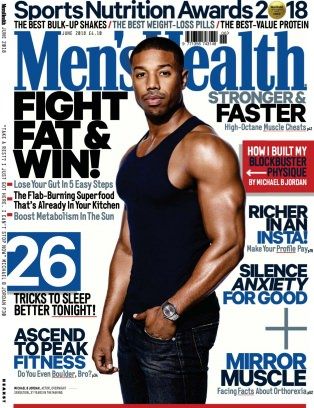Advertising: Persuasive techniques blog task
1) What does John Berger suggest about advertising in ‘Ways of Seeing’?
He says that all publicity works on anxiety.2) What is it psychologists refer to as referencing? Which persuasive techniques could you link this idea to?
We refer, either knowingly or subconsciously, to lifestyles represented to us (through the media or in real life) that we find attractive.The persuasive technique that I'll link this to is advertisements because they tempt their audiences to invest in the product or service that they're promoting.
3) How was Marmite discovered?
Marmite was invented in the late 19th century when German scientist Justus von Liebig discovered that brewer’s yeast could be concentrated, bottled and eaten.
4) Who owns the Marmite brand now?
Unilever5) How has Marmite marketing used intertextuality? Which of the persuasive techniques we’ve learned can this be linked to?
Referencing other texts that the audience would be using on a daily basis. The persuasive technique that could be that they used the slogan 'you either hate it or love it' which would mainly be to attract new customers as they would want to find out whether they like it or not.6) What is the difference between popular culture and high culture? How does Marmite play on this?
High culture is the consumption patterns, mannerisms, beliefs, amusement, leisure activities, and tastes and preferences of a societies elite. And we're going to define societies elite as those with advanced education or economic success. And popular culture is the same thing, but for the mass of society.7) Why does Marmite position the audience as ‘enlightened, superior, knowing insiders’?
Postmodern audiences are somewhat aware of how they're getting manipulated but still decide to play the game which means they're knowing of what's happening.8) What examples does the writer provide of why Marmite advertising is a good example of postmodernism?
Unlike traditional TV adverts which manipulate you into thinking you need a product and you're going to love it, Marmite were cut straight with their slogan 'you either hate it or love it' which shows postmodernism.




